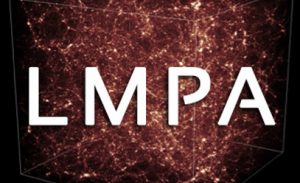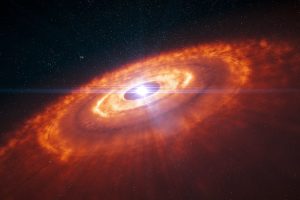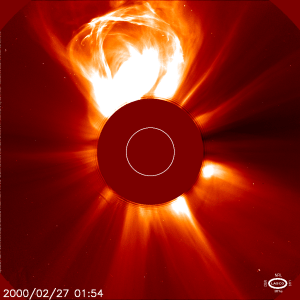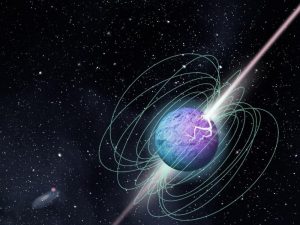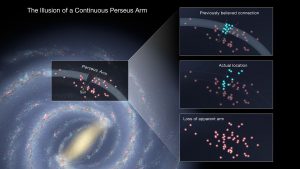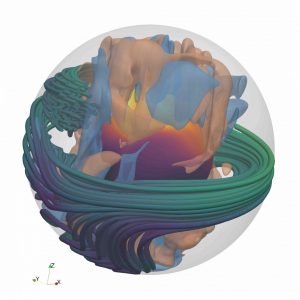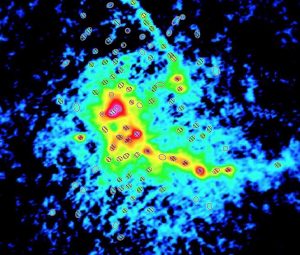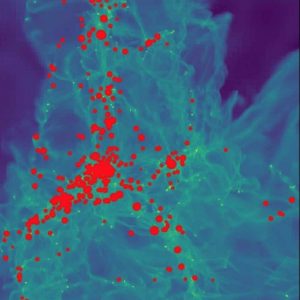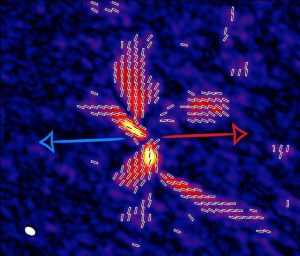The Astrophysical Plasma Modeling team aims to understand astrophysical processes driven by gravity, radiative hydrodynamics, and magnetohydrodynamics (MHD), and to characterize their observable consequences. Their theoretical approach is physics-centered and leverages the most suitable numerical, analytical, and experimental tools to address the complexity of turbulence, shocks, and instabilities.
Main activities
The astrophysical questions that the Astrophysical Plasma Modeling team addresses are primarily centered on the birth of stars and protoplanetary disks, the formation of compact objects, and the explosive death of massive stars:
- What is the initial mass function of stars?
- How is star formation affected by turbulence, shear, supernovae, magnetic fields, and radiative feedback?
- How are protoplanetary disks formed?
- What is the impact of the environment on the properties and evolution of disks?
- How do massive stars explode? What is their multi-messenger signature?
- What are the conditions for the formation of black holes and neutron stars?
- What is the origin of the extreme magnetic field of magnetars? What is their connection with hypernovae, super-luminous supernovae, and gamma-ray bursts (GRBs)?
Permanent members
BUGLI Matteo, FOGLIZZO Thierry, GONZALEZ Matthias, GUILET Jérôme, HENNEBELLE Patrick, LEBREUILLY Ugo, NAVARRO ALMEIDA David, RAYNAUD Raphaël


